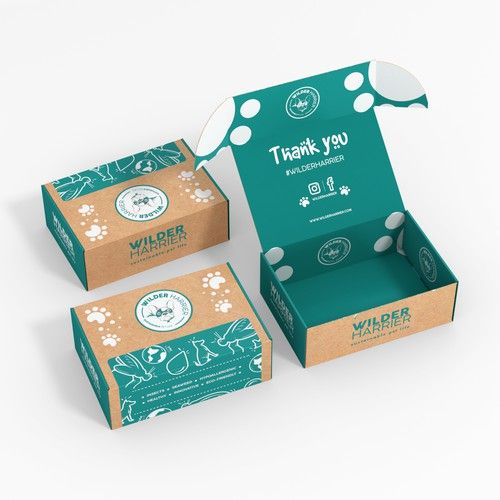Hey there! Have you ever stopped to think about the requirements for food packaging? It’s something that most of us take for granted, but it’s quite important. After all, you want your food to stay fresh and safe until it reaches its destination.
Here are the requirements for food packaging.
Eye-catching Packaging design
It’s a topic that is often overlooked but it is an incredibly important aspect of any successful product. After all, how can you expect customers to buy your product if they don’t even know what it looks like?
That’s why eye-catching Food Packaging Boxes design is so essential for any food or beverage company; it should be able to grab attention and make potential buyers stop and take notice of your product. But before we get into the details of creating such a package design, let’s first take a look at what exactly are the requirements for food packaging.
Food labeling requirements
All food packages must comply with local and federal regulations to ensure that their contents remain safe for consumption by consumers. This includes making sure that all components used in production are non-toxic and free from contamination from other materials or chemicals. Furthermore, labels must display nutritional information such as ingredient lists, calorie counts, etc., while also providing necessary warnings (such as “keep refrigerated after opening”).
Heavy-Duty Packaging Solutions
The packaging material must be strong enough to protect the product from physical damage during transport and storage. In general, this means that plastic or paper-based materials should be used. If a metal container is needed – such as in the case of liquids – then that too should meet certain standards. This includes making sure that any metal components are corrosion-resistant and free from sharp edges or other potential hazards.
Protective and Enhance Shelf-life
Custom Food Packaging needs to maintain product freshness and quality throughout its lifetime by preventing moisture loss and contamination from outside sources such as bacteria or insects. To do this effectively, an airtight seal needs to be created around the product using either heat sealing or adhesive tapes. Additionally, a lining material may also be necessary if there is a risk of grease or oil leaking out of the package during transit – this could include waxed paper or aluminum foil liners depending on what type of product is being packaged.
Sustainable Packaging
And finally – although not always mandatory – many companies now choose eco-friendly materials when designing their food packaging solutions to reduce waste and environmental impact over time. These might include biodegradable plastics made from renewable resources like cornstarch instead of traditional petroleum-based ones – which would help reduce our dependence on fossil fuels while still providing effective protection against spoilage and contamination risks at the same time!
So there we have it: these were some key points related to requirements for food packaging! As you can see it’s not just about keeping your products safe during transport; there are many other considerations involved too so make sure you keep them in mind next time you need new packaging solutions for your business!
All these details come together to form an effective package design that will draw potential customers in – thus increasing sales numbers for your business! So now you know some more about what goes into creating an eye-catching package design – good luck with finding yours!




































